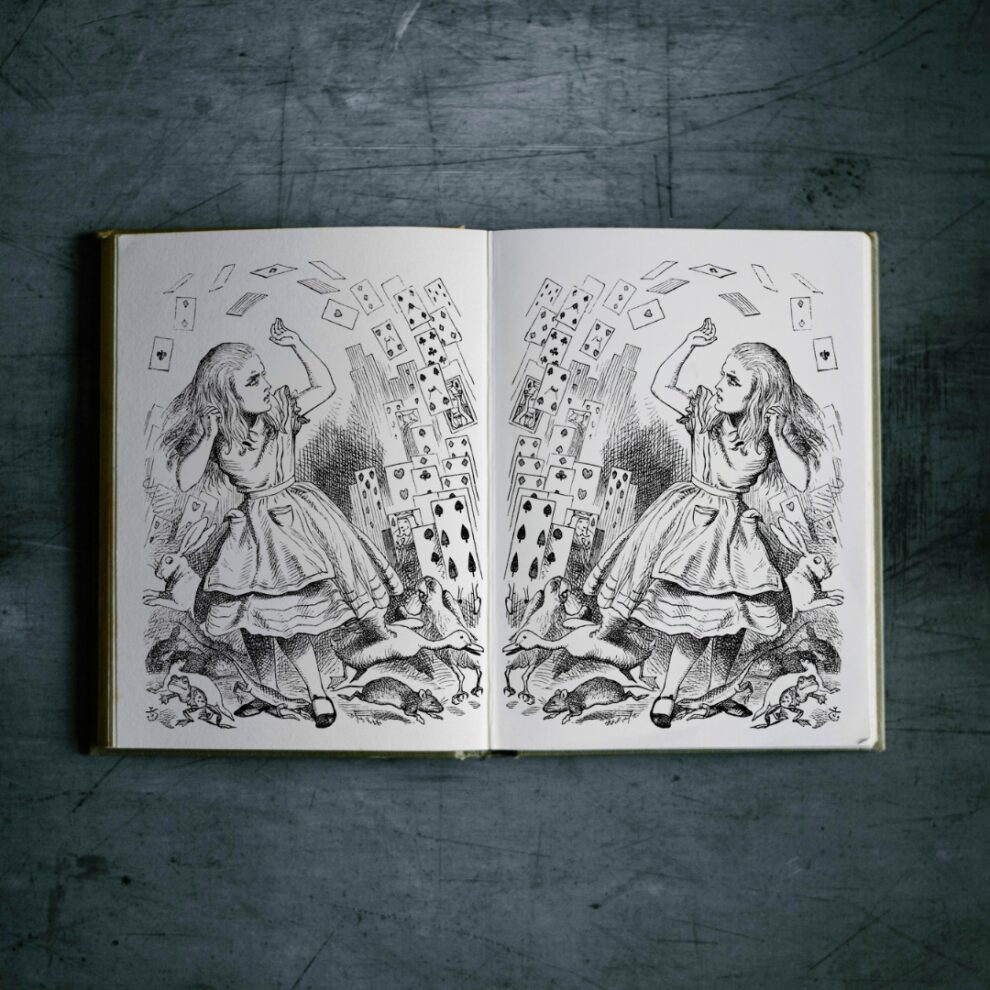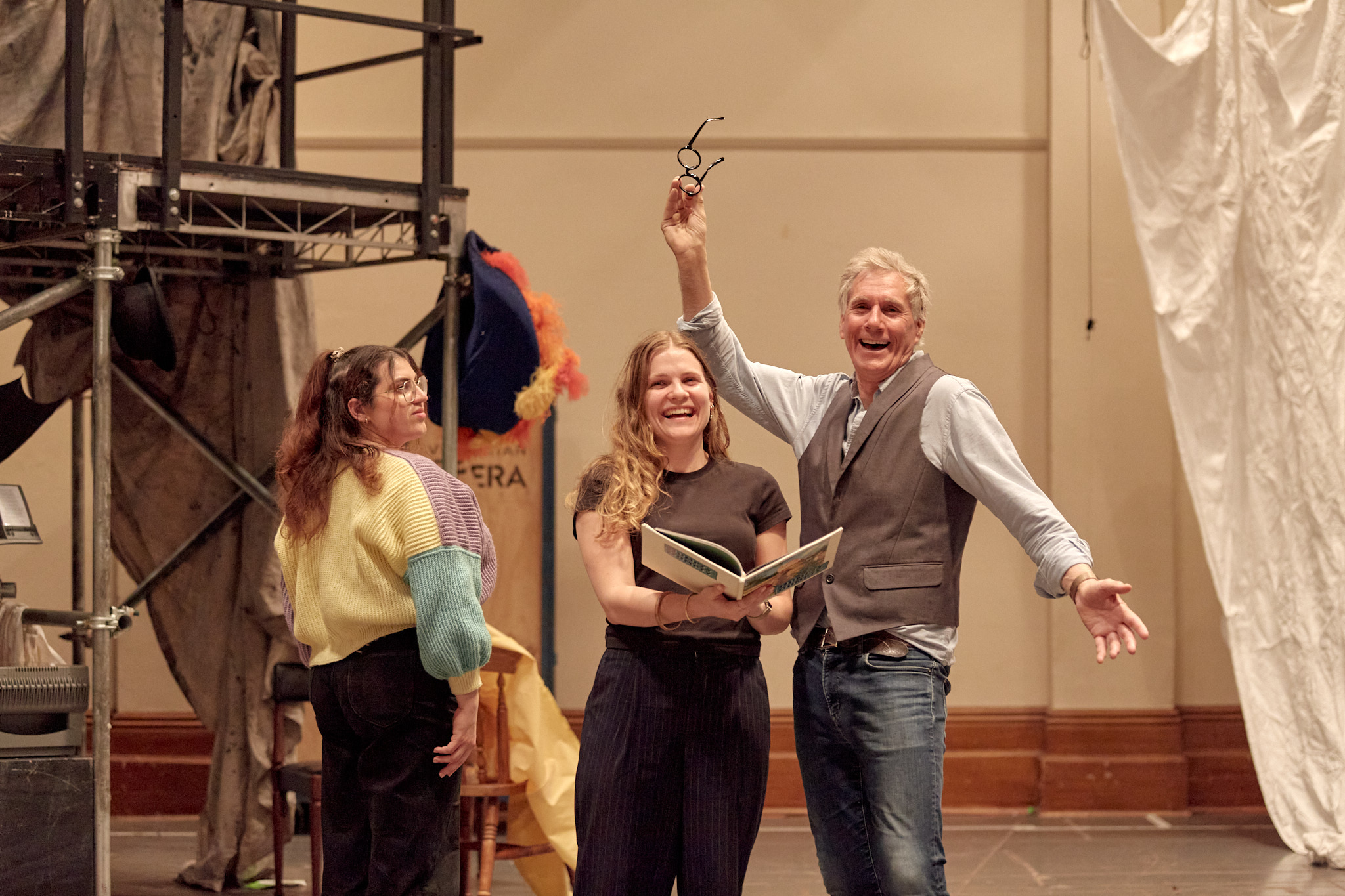
Untangling the chaos of Lewis Carroll
Ahead of our upcoming production Boojum!, writer Susie Harris spoke to Director Stuart Maunder AM to explore the darkness at the heart of the Wonderland mastermind.
European operas have become household names, performed repeatedly. But what of Australian operas from the past century?
Victorian Opera’s Artistic Director Stuart Maunder AM is intent on bringing Australian works out of obscurity. Boojum!, opening 7 November, is his latest project.
“Operas of our time and place are something rare and special, and we need to celebrate that,” Stuart says.
Entering the beautiful, historic Horti Hall, I’m met by the young and smiling cast of Boojum! milling around between rehearsals. The haunting red-brick Victorian-era hall is the perfect location to uncover his vision for this Lewis Carroll-inspired opera.
“We’re always so desperate to create new work,” he says.
“Then things invariably get done once and put under a bed, never to be seen again,” Stuart says when asked about his interest in reviving the seldom-seen production.
Created by twin brothers, Librettist Peter Wesley-Smith and Composer Martin Wesley-Smith, Boojum! is an experience that defies labels. First appearing in the 1986 Adelaide Fringe Festival, this part opera, part comedy musical, in a true nod to Carroll, is a “hybrid of bizarre ideas”, Stuart says with a laugh.
Boojum! captures society’s collective fascination with the eccentric and controversial master of whimsy, Lewis Carroll. Most importantly, it doesn’t shy away from delving into the darkness that hides in the corners of his mind behind chessboards and riddles.
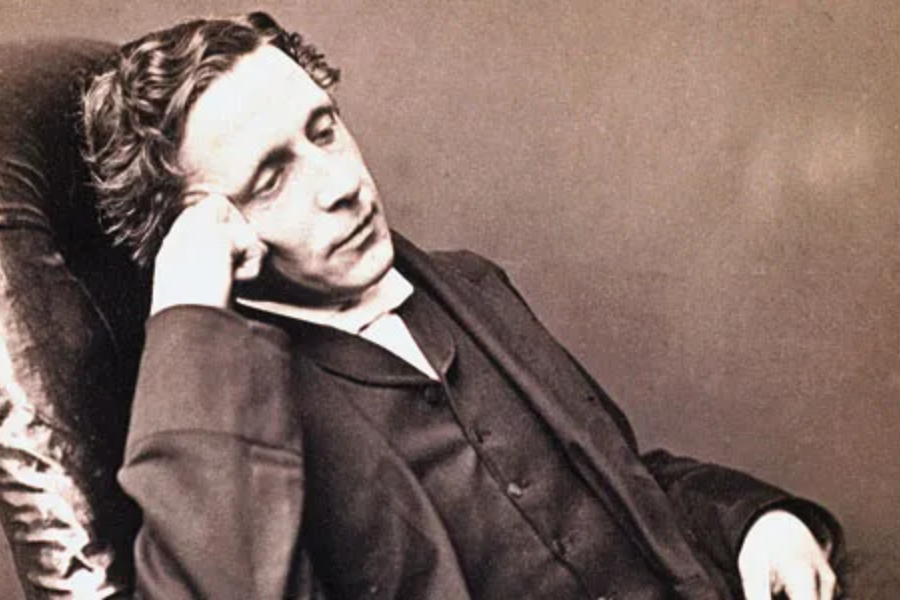
This work delights in an uneasy balance of nonsense and contradiction, featuring a whimsical cast of characters sprouting from a variety of Carroll’s works, including those from his famous poem, The Hunting of the Snark.
This bizarre poem follows a ragtag sailing crew of unlikely allies who hunt a fictitious creature known as a ‘snark’. Yet if this creature proves to be a ‘boojum’ instead, those who encounter it will disappear, never to be seen again. This tension between the real and the imagined —the snark and its shadow, the boojum — reflects Carroll’s fascination with duality and transformation, revealing how his nonsense poetry conceals a deeper anxiety about selfhood, control and reflection.
In addition to this motley crew, there is Carroll’s most famous character, Alice.
Yes, that Alice.
Alice, of Alice’s Adventures in Wonderland, lies at the heart of this story. Appearing as both her precocious younger self and as a narrator through the retrospective eyes of the grown woman, she provides love and tenderness as a foil for darker threads that weave through the work.
Stuart describes the writer as “enigmatic”. Carroll, whose real name was Charles Dodgson, was terrified when his alias was blown.
“In real life, Dodgson was an introvert who became an extraordinary extrovert in his writing,” he says.
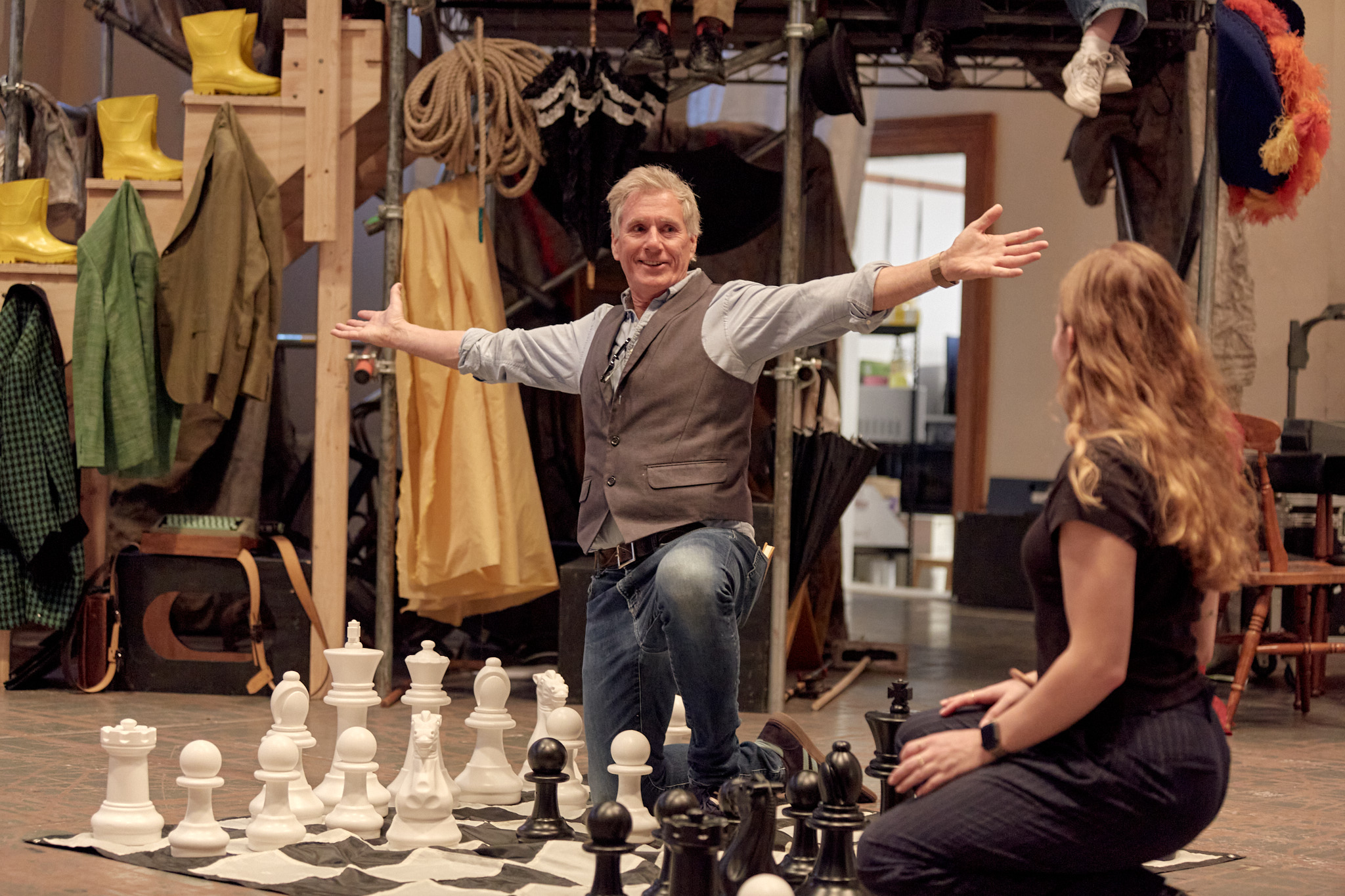
This duality is captured in Boojum! through two independent characters of Dodgson and Lewis, both played by Australian theatre legend David Hobson. Both Dodgson and Lewis interact with the characters the writer created — and this is where the darkness lies. Despite being an opera that delights in its own zany, bizarre lore, this character split is deliberate. As is the chosen cast of characters from Carroll’s work.
“They’re twins in a way,” Stuart says of Dodgson and Lewis.
I can’t help but think that this sense of duality is a running theme, especially when we consider the two Alices in a work created by twins. Perhaps these characters are not simply twins, but mirrors of one another — embodying youth and age, virtue and ambiguity, the self and its shadow. This suggests a deeper preoccupation with identity and contradiction that runs throughout the work.
“The white rabbit from Wonderland is there in a big way, and that’s all about time ticking away,” Stuart says, alluding to Lewis’s obsession with youth. This brings us to the elephant (or perhaps in this case: the white rabbit) in the room.
Carroll may have been revered in his time, but he is certainly a controversial figure in ours.
“He was fascinated by young girls,” Stuart says of the writer, and we both pause to let the statement hang in the air.
“He seemed to fight with the idea that he loved youth, yet discarded these children as they became pubescent.”
During the Victorian era, when photography was still a new art form, Carroll, an avid amateur photographer, was a trailblazer. Among his portraits, he captured many images of young girls including, it is alleged, the older sister of his muse Alice Liddle, Lorena, in a state of undress. However, since a family member bladed out pages from Carroll’s journal from that period after his death, no one truly knows whether he indeed took this particular photograph.
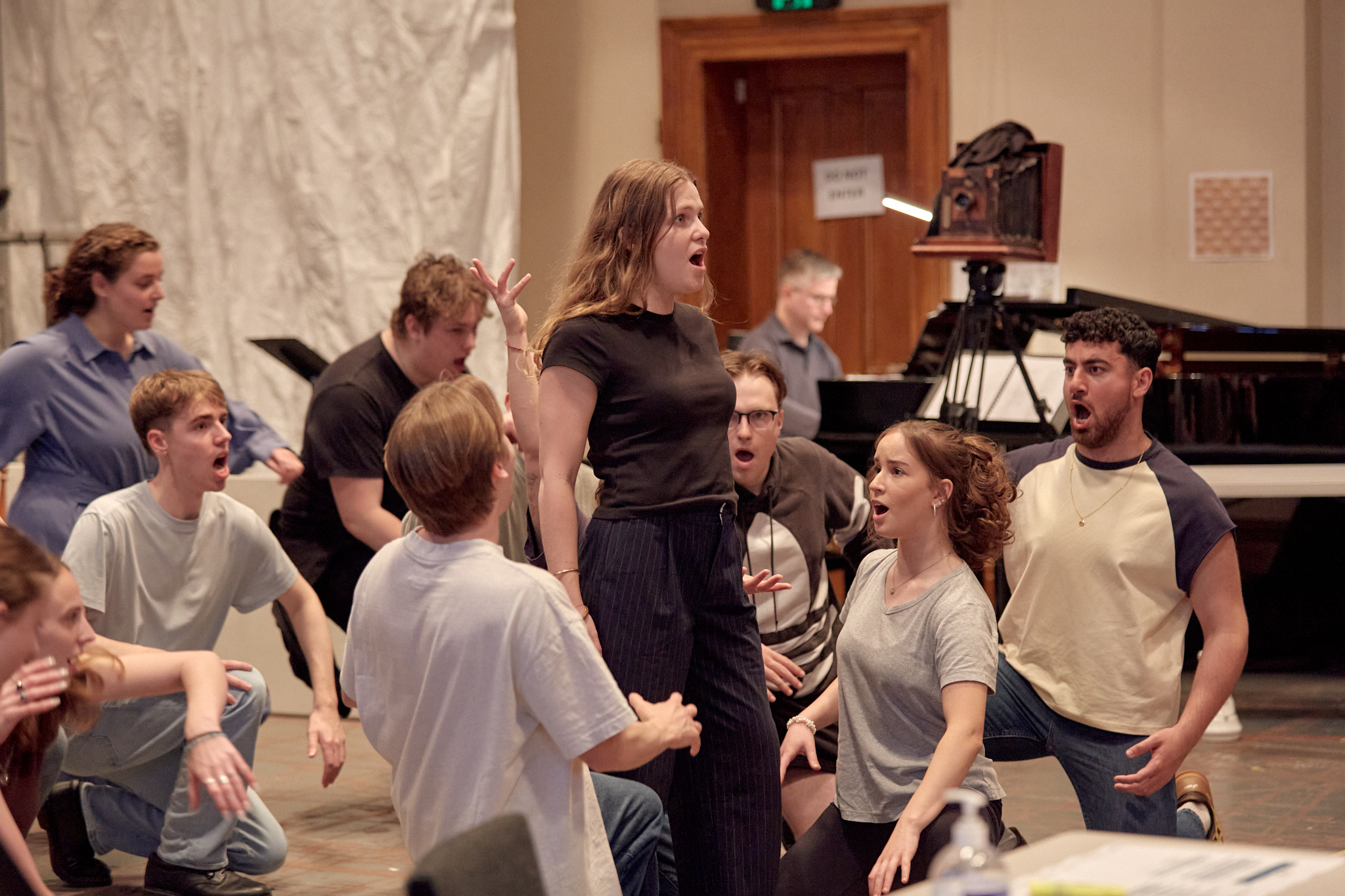
Stuart doesn’t shy away from the controversial nature of an opera that centres on a man of questionable repute, telling me that such issues can’t be swept under the rug; they must be brought into the conversation.
“I don’t believe in burning the books,” he says. “We’re intelligent human beings; audiences can be presented with something and make up their own minds.”
Looking around at the cast again, all of whom are exciting, emerging talents starring in this all-Australian production, I’m struck that this is not a Lewis Carroll opera at all; it is something entirely of its own.
Underneath the bizarre Carroll-esque “nonsense” (as Stuarts refers to it) of fantastical scenes and lively songs, there is a subtle but unmistakable narrative about ageing, impending death and depression, centring a character whose antagonist is himself, and a recognition that truth is a slippery beast.
When I ask if the character of Carroll ever accepts himself as aging and (deeply) flawed, or if indeed the society of Boojum! accepts him in the end or sees him as the legendary ‘snark’ from the poem, Stuart asks: “We ask it all night, but what is a snark? What is a Boojum?”
He smiles like the Cheshire Cat. “What a bizarre game we are in.”
Boojum! promises a dazzling mix of whimsy and wonder, a performance that will delight, confound and spark conversation long after the curtain falls.
Susie Harris
